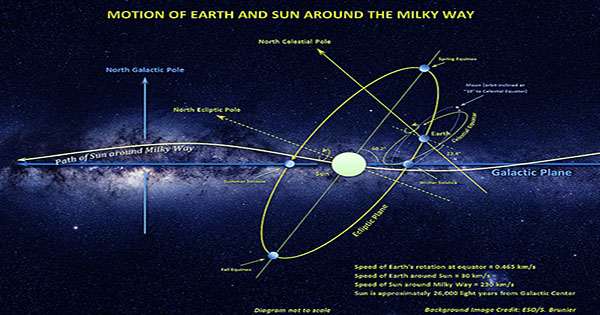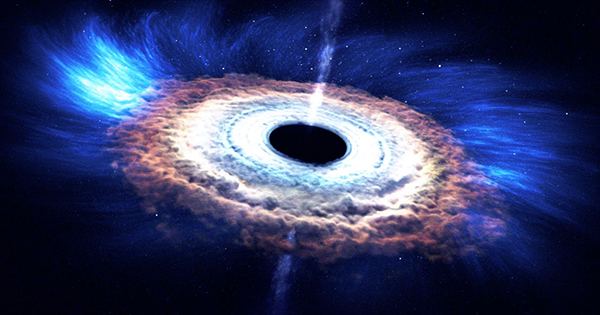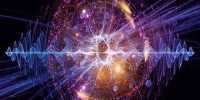The Milky Way has known to feed on its neighbors for billions of years, slowly but surely merging with many dwarf galaxies that surround our galaxy. The remnants of such interactions can see today in the form of stellar streams wrapped around the galaxy like ribbons. A newly discovered “ribbon” is the Jhelum stellar Stream. Because of its location in the sky, astronomers considered the current to be part of a collision between the Milky Way and the Gaia-Enceladus-Sausage Dwarf galaxy, which thought to have occurred between 8 and 11 billion years ago.
Now new observations have revealed that Jhelum does not come from the sausage dwarf galaxy above all. Astronomers were able to study the light spectrum of the stars in the Jhelum stream, which gave them an idea of what the stars made of. The stars formed together will have a similar composition. It tracked using parts of the Apache Point Observatory Galactic Evolution Explorer (APOGEE) survey, Sloan Digital Sky Survey (SDSS).

The Milky Way Likely “Ate” Another Unidentified Galaxy in the Distant Past
The combination, they have created and allows them to select related stars together by combining it with detailed information about their position and motion from the European Space Agency’s Gaia has shown the team that the Jhelum stream does not match other evidence of sausage collisions. Its source was elsewhere.
“Like fingerprints or tags, the chemical properties of the stars in a stream can be used to convey these exclusions to other streams – but more than that, the chemical makeup, position, and speed are incredibly valuable to keep together and just to show off the benefits of a combination of APOGEE and gear.” Professor Alison Sheffield, a veteran author at LaGuardia Community College, said in a statement.
The Jhelum stream is only observable from the Southern Hemisphere, so thanks to the Southern APOGEE instrument (APOGEE-2) coming online, the team was able to identify the right stars and then find out who the actual members of the stream were online.
Co-author Aidan Subrahimovic, an astrophysics student at City University of New York added, “Measuring the tracks or orbits of the stars in the stream allows us to go almost behind the cosmic clock, and reveal where the flow itself came from.” Researchers have not been able to link the Jhelum stream to any dwarf galaxy or globular cluster with any specific attachment and therefore its source is currently unknown. However, future work researchers can help us find the answer to the source of these and other stellar streams in the Milky Way.















